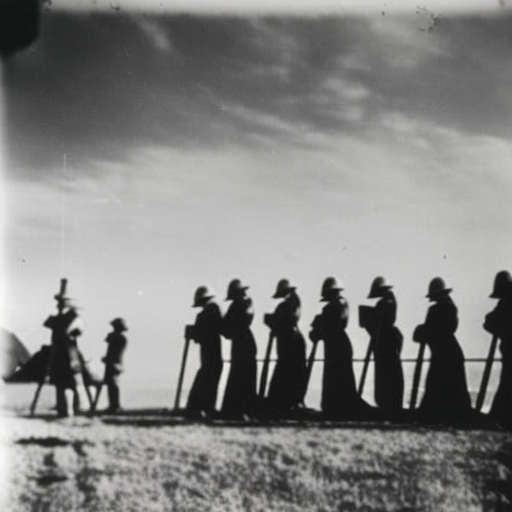Summary: Italian War of 1551–1559
The Italian War of 1551–1559 was a conflict between several European powers for control over the Italian peninsula. It was primarily fought between the Habsburg Empire, led by Emperor Charles V, and the Kingdom of France, under the rule of King Henry II. The war was characterized by shifting alliances, territorial disputes, and power struggles between the major European powers of the time.
Background:
The Italian peninsula had long been a battleground for European powers seeking to expand their influence and control. The Habsburg Empire, which included territories in modern-day Spain, Austria, and Italy, sought to maintain its dominance over the region. France, on the other hand, aimed to challenge Habsburg power and establish its own authority in Italy.
Course of the War:
The war began in 1551 when the French invaded the Kingdom of Naples, a Habsburg territory. The French forces, led by Marshal Odet de Foix, quickly captured several key cities in southern Italy. However, their advance was halted by the arrival of Spanish reinforcements, and the French were eventually forced to retreat.
In 1552, the conflict spread to other parts of Italy. The French, in alliance with the Ottoman Empire, launched an attack on the Habsburg-controlled city of Siena. Despite initial success, the French were unable to hold the city, and it was recaptured by the Habsburg forces in 1555.
The war continued to escalate, with both sides seeking support from other European powers. France formed an alliance with the Protestant states of Germany, while the Habsburgs secured the backing of the Papal States and England. These alliances further complicated the conflict and prolonged its duration.
Treaty of Cateau-Cambrésis:
After several years of fighting and numerous battles, both sides grew weary of the war. In 1559, the Treaty of Cateau-Cambrésis was signed, bringing an end to the hostilities. The treaty confirmed Habsburg control over most of Italy, including the Kingdom of Naples and the Duchy of Milan. France, however, retained control over the region of Savoy and the city of Calais.
The Italian War of 1551–1559 had significant consequences for the balance of power in Europe. The Habsburg Empire emerged as the dominant force in Italy, solidifying its control over the region. France, on the other hand, suffered a significant setback and was forced to relinquish its ambitions of expanding its influence in Italy.
Impact:
The war also had a profound impact on the Italian states involved. Many cities and regions were devastated by the fighting, leading to economic decline and social upheaval. The conflict also highlighted the vulnerability of the Italian states and their dependence on foreign powers for protection.
Furthermore, the war marked a turning point in European warfare. It witnessed the increased use of firearms and artillery, as well as the emergence of professional standing armies. These developments would shape future conflicts and military strategies.
In conclusion, the Italian War of 1551–1559 was a complex and protracted conflict between the Habsburg Empire and France for control over the Italian peninsula. The war resulted in Habsburg dominance in Italy and a setback for French ambitions. It also had significant consequences for the Italian states involved and marked a turning point in European warfare.












